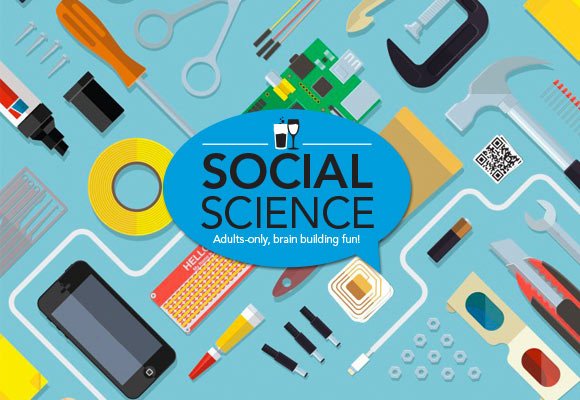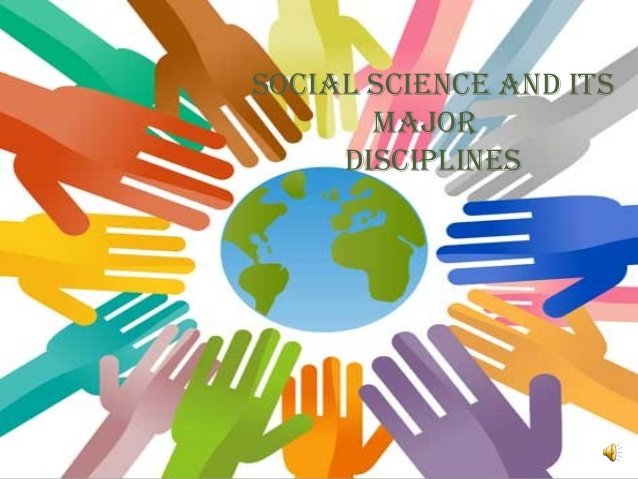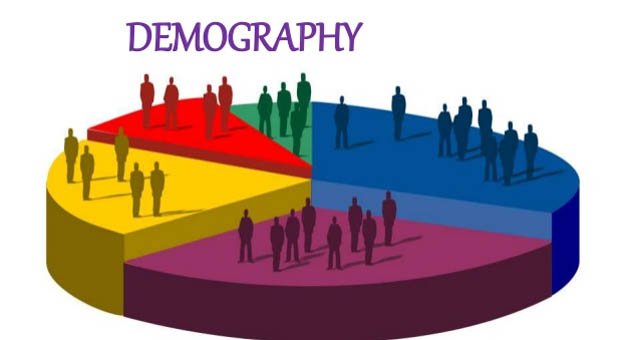Social Science Theories
Social Science Theories

Image Source
- Agency Theory
- Theory of Planned Behavior
- Innovation Diffusion Theory
- General Deterrence Theory
Agency Theory
A great theory in the authoritative economics literature, was initially proposed by Ross to clarify two-party connections whose objectives are not harmonious with each other. The objective of agency theory is to determine ideal contracts and the conditions under which such contracts may help limit the impact of objective incongruence.
Parties on this theory:
- Principal
- Agent
Principal
The principal utilizes the agent to play out specific tasks for its sake and it's objective is snappy and compelling finish of the doled out task.
Agent
The agent's objective might work at its own particular pace, maintaining a strategic distance from risks, and looking for self-interest over corporate interests.
Aggravating the idea of the issue might be data asymmetry issues caused by the principal's failure to sufficiently watch the agent's behavior or precisely assess the agent's skill sets. Such asymmetry may prompt agency issues where the agent may not advance the exertion expected to complete the task or may distort its mastery or skills to land the position yet not execute of course.
Agency theory recommends devices that principals may utilize to enhance the adequacy of behavior-based contracts, for example, putting resources into checking mechanisms to counter the data asymmetry caused by moral danger, planning sustainable contracts dependent upon agent's execution, or by enhancing the structure of the relegated task to make it more programmable and subsequently more noticeable.

Image Source
Theory of Planned Behavior
A generalized theory of human behavior in the social psychology literature that can be utilized to consider an extensive variety of individual behaviors. It presumes that individual behavior speaks to cognizant contemplated decision, and is molded by cognitive thinking and social weights. The theory proposes that behaviors are based on one's expectation with respect to that behavior, which thusly is a component of the individual's attitude toward the behavior, subjective standard in regards to that behavior, and view of control over that behavior.
Attitude is characterized as the person's general positive or negative feelings about playing out the behavior being referred to, which might be surveyed as a summation of one's convictions with respect to the diverse results of that behavior, weighted by the attractive quality of those outcomes. Subjective standard alludes to one's impression of whether individuals imperative to that individual anticipate that the individual will play out the intended behavior, and spoke to as a weighted blend of the normal standards of various referent groups, for example, colleagues, friends, or supervisors.
Behavioral control is one's impression of internal or external controls constraining the behavior being referred to. Internal controls may incorporate the individual's capacity to play out the intended behavior, while external control alludes to the accessibility of external assets expected to play out that behavior. This theory likewise proposes that sometimes individuals may intend to play out a given behavior yet do not have the assets expected to do as such, and hence recommends that sets that behavioral control can directly affect behavior.

Image Source
Innovation Diffusion Theory
A fundamental theory in the communications literature that clarifies how innovations are received inside a populace of potential adopters. The idea was first concentrated by French humanist Gabriel Tarde, however the theory was produced by Everett Rogers based on perceptions of 508 diffusion ponders.
Four Elements of Innovation Diffusion Theory
- Innovation
- Communication channels
- Time
- Social systems
Innovations may incorporate new advances, new practices, or new thoughts, and adopters might be people or associations. At the macro level, IDT sees innovation diffusion as a procedure of communication where individuals in a social framework find out about another innovation and its potential advantages through communication channels and are influenced to embrace it.
Five Stages of Innovation Adoption
- Knowledge
- Persuasion
- Decision
- Implementation
- Confirmation
Five Innovation Characteristics to shape innovation adoption:
- Relative Advantage
- Compatibility
- Complexity
- Trialability
- Observability

Image Source
General Deterrence Theory
Cesare Beccaria and Jeremy Bentham, planned General Deterrence Theory as both a clarification of crime and a technique for decreasing it. It looks at why certain people take part in degenerate, antisocial, or criminal behaviors. This theory holds that individuals are on a very basic level judicious, and that they unreservedly pick degenerate behaviors based on a balanced cost-benefit calculation.
Since individuals normally pick utility-maximizing behaviors, degenerate decisions that engender individual pick up or joy can be controlled by expanding the costs of such behaviors as punishments and additionally expanding the likelihood of anxiety.
Key constructs of GDT
- Swiftness of punishments
- Severity of punishments
- Certainty of punishments
While classical positivist research in criminology looks for generalized reasons for criminal behaviors, for example, neediness, absence of education, psychological conditions, and recommends procedures to restore criminals, GDT centers around the criminal decision making process and situational factors that impact that procedure. Consequently, a criminal's close to home circumstance and the environmental context play key parts in this decision making process. The focal point of GDT isn't the manner by which to restore criminals and turn away future criminal behaviors, yet how to make criminal exercises less alluring and along these lines forestall crimes.

Image Source
References:
The Economic Theory of Agency
Analysis of Agency Theory
Theory of Planned Behavior
Diffusion of Innovations
Deterrence Theory
Posted from my blog with SteemPress : https://steemme.000webhostapp.com/2018/06/social-science-theories